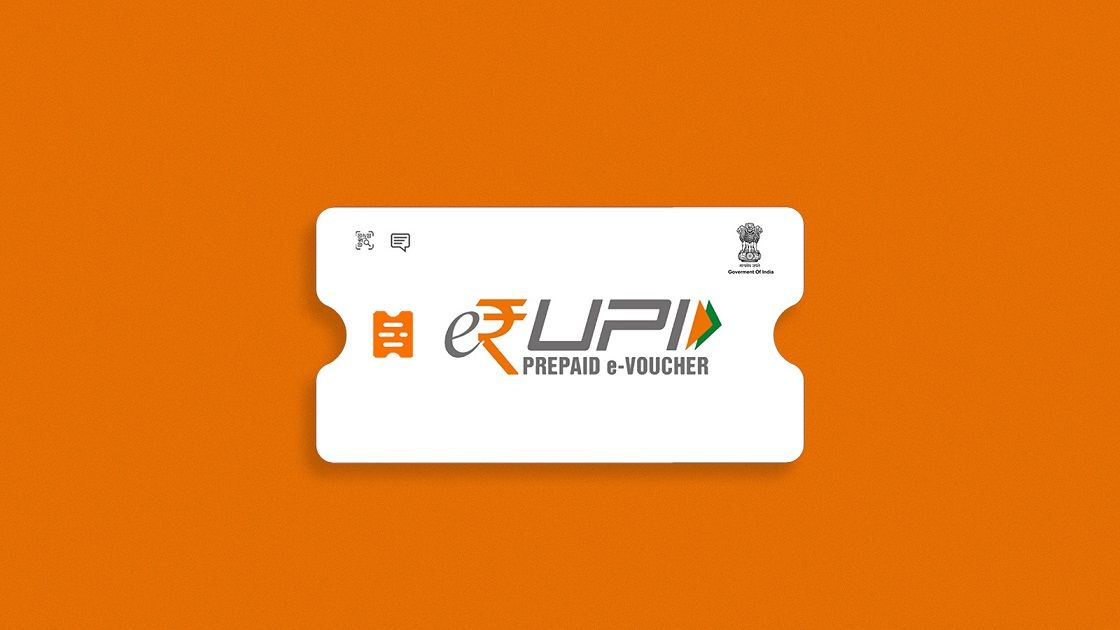e-RUPI is a cashless and contactless medium for digital payments.
Introducing a new form of cashless and contactless digital payment system on Monday, Prime Minister Narendra Modi to ensure seamless transfer of benefits to the citizens in a “leak-proof” manner launched e-RUPI. It is being believed that the launch of e-RUPI will prove as a revolutionary step in efforts to stop leakages in government welfare schemes and ensure that the benefits reach the right individual with its one-time payment mechanism.
The Indian government through these e-RUPI vouchers is trying to make the payment system hassle-free for users without the requirement of any physical interface for transactions. Through these e-Vouchers which will be present in the form of QR codes or SMS, the government as well as private organisations will be able to guarantee person-and-purpose-specific digital payments without any misuse.
What is e-RUPI and how does it work?
is a cashless and contactless medium for digital payments. Different from cryptocurrencies, e-RUPI is an electronic voucher which the beneficiaries will receive in the form of a QR code and SMS string.
Developed by the National Payments Corporation of India (NPCI), Department of Financial Services, Ministry of Health and Family Welfare and the National Health Authority, the e-RUPI vouchers will be a completely person-specific and purpose-specific payments system with just one-time payment facility.
It is important to note that these e-RUPI vouchers will be like prepaid gift vouchers that will be redeemable at specific accepting centres. Also, because it is pre-paid, it ensures prompt payment to the service provider without the need for a middleman. The e-RUPI will act as a direct connection between the sponsors of the benefits and the beneficiaries without any physical interference.
Banks like State Bank of India, HDFC Bank, Axis Bank, Punjab National Bank, Bank of Baroda, Canara Bank, IndusInd Bank, and ICICI Bank have come on board as partners for e-RUPI.
How is e-RUPI different from Online payments?
Although e-RUPI will be a digital payments system, but it differs a lot from online payments. E-RUPI is not exactly a digital currency, in fact, it is a form of service voucher system which is developed to make particular benefits reach eligible beneficiaries without any discrepancy and delay.
e-RUPI is not based on the purpose of profit earning and the individual having access to it can use it to buy goods and services. These e-vouchers will be mostly regulated by the government and will largely be utilised, at least initially, to provide welfare subsidies.
What are the benefits of e-RUPI?
Privacy has been one of the most talked about issues recently as far as online payments are concerned. With the adoption of this new payments system, it will be easy for the government to make the transaction secure. Apart from this, this cashless and contactless digital payment system will keep the details of the beneficiaries completely confidential, maintaining their privacy.
Other than this, e-RUPI will focus on ensuring that the benefits reach the right individual without any misuse. Also, the consumer redeeming the voucher need not necessarily have a digital payment app or a bank account as they can easily avail the benefits using the voucher which will be available to them in the form of QR codes and SMS on their smartphones.
Some of the benefits of e-RUPI are:
Cashless and contactless digital payment.
Connects service sponsors and beneficiaries digitally.
Ensures leak-proof delivery of various welfare services.
— Narendra Modi (@narendramodi) August 1, 2021
Other countries using the same system
There are many other countries that use a similar voucher-based system for the citizens to avail incentives for various welfare schemes and services. However, no other country than India has implemented an e-voucher system on such a massive scale.
In the US, there exists an education voucher-based system, in which the government in order to create a targeted delivery system provides certificates directly to the parents of the students with the objective to educate children.
Similar to the US, countries like Sweden, Hong Kong, Colombia, Chile, etc also use school and education-based voucher systems.

